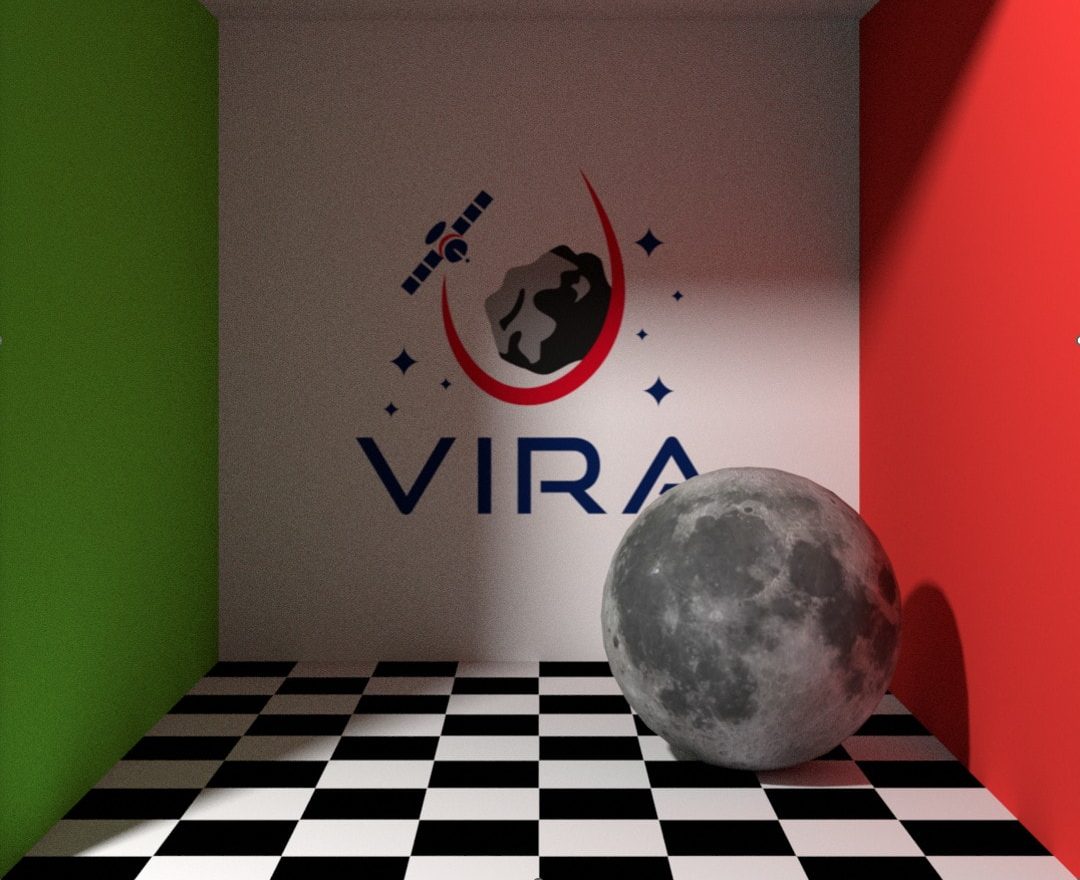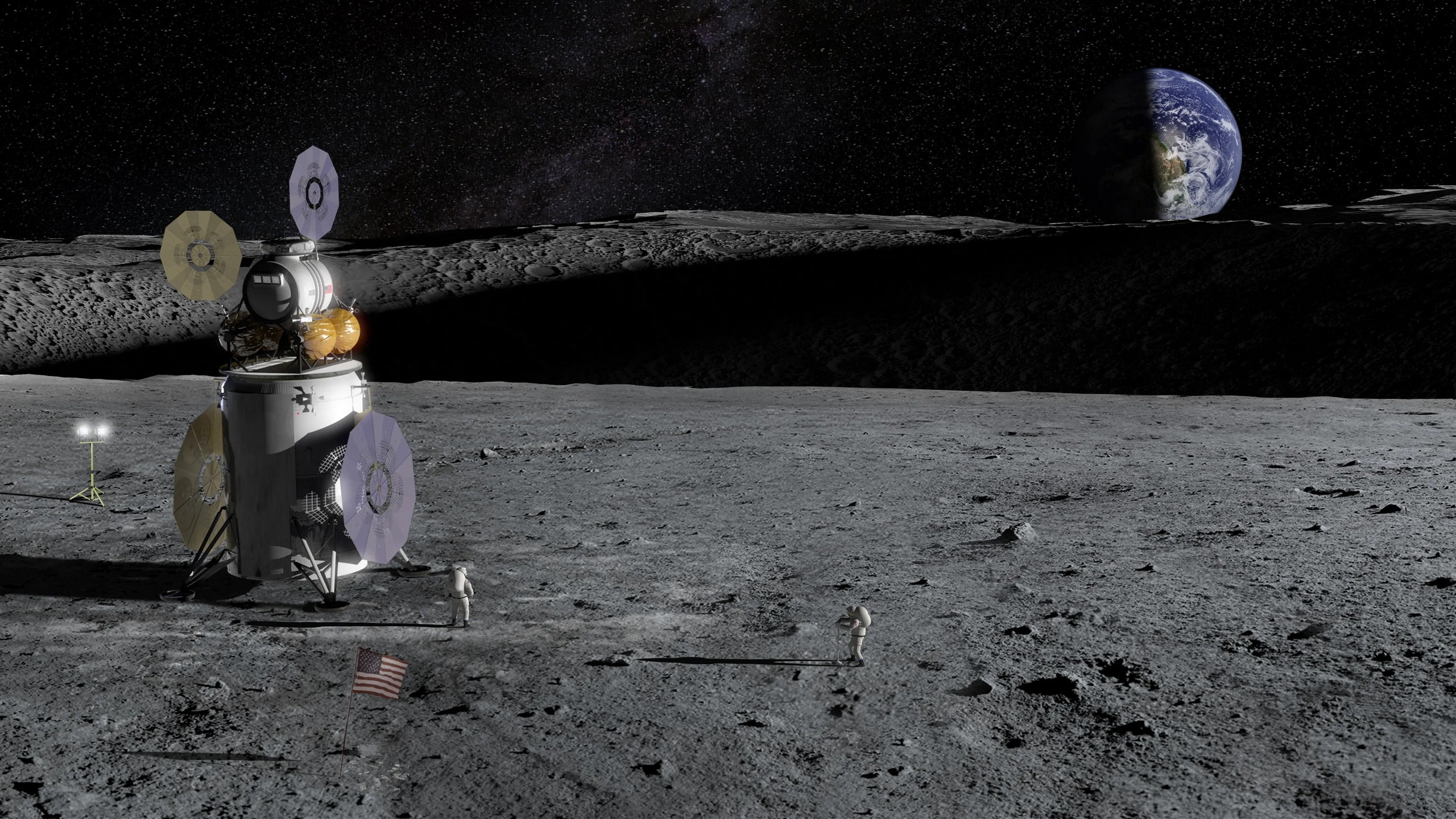The advent of GPS has revolutionized our daily lives, providing an invisible guide through the complexities of the urban world. However, this terrestrial convenience faces a formidable challenge when venturing beyond Earth’s orbit.
As NASA prepares for crewed missions to the Moon and Mars, the absence of a robust satellite network necessitates innovative approaches to navigation. Optical navigation emerges as a promising solution, harnessing the power of sight to map alien terrains. This technique relies on a combination of human observation, cameras, and sensors to ensure explorers don’t become lost in the vast expanse of space.
NASA’s Goddard Space Flight Center is at the forefront of this research, developing tools like GIANT, which successfully guided the OSIRIS-REx mission in collecting samples from the asteroid Bennu.

Building upon the success of the GIANT mission, which revolutionized asteroid exploration through its advanced imaging capabilities, NASA is now focused on developing even more sophisticated optical navigation systems. These innovative technologies, all originating from Goddard Space Flight Center, are designed to provide unprecedented levels of detail and accuracy, enabling spacecraft to go and operate safely in challenging celestial environments.
One such system, the Vira modeling engine, offers the promise of creating highly detailed 3D models of planetary surfaces at unprecedented speeds. This groundbreaking technology, developed by a Goddard intern named Chris Gnam, combines the efficiency of consumer graphics modelers with the accuracy of the GIANT system. By leveraging this powerful combination, Vira can generate 3D environments up to 100 times faster than previous methods, significantly accelerating mission planning and hazard identification processes.
The Vira modeling engine is currently being used to create the Lunar Navigation Maps (LuNaMaps), which are expected to significantly improve the quality of maps for the Moon’s South Pole. This region, where the Artemis astronauts are scheduled to land in approximately two years, presents unique challenges due to its rugged terrain and extreme temperatures. The LuNaMaps, generated by Vira, will provide essential information for mission planning, ensuring the safety and success of future lunar exploration endeavors.
For centuries, humans have relied on visual cues, particularly the horizon, to go the Earth. NASA is now exploring a similar concept for space exploration. Researchers at Goddard Space Flight Center are developing a system that uses images of the horizon to determine an object’s location in an unknown environment. By comparing these images to existing maps, the system can approximate the position with a high degree of accuracy.

This technology holds significant promise for future lunar missions, both for human astronauts and robotic explorers. In addition to horizon-based navigation, NASA is also investigating AI-powered optical navigation.
The GAVIN project aims to automate this process using deep learning models. This technology could not only navigation aid but also help identify craters in low light environments, a crucial task for lunar missions.
While the exact details of these projects remain undisclosed, NASA’s commitment to developing innovative navigation systems highlights its dedication to safe and efficient space exploration.

